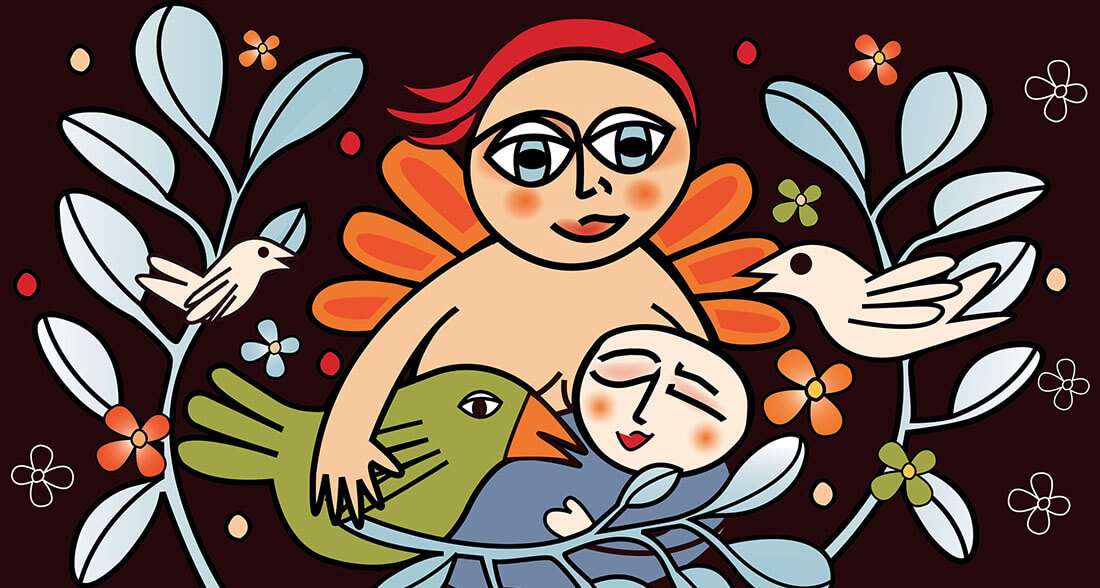Restless Legs in Pregnancy
Restless leg syndrome affects about one in five women during pregnancy. RSL is the feeling of needing to move the legs while at rest, and the feeling is relieved by the movement. It is often worse in the last trimester of pregnancy and improves after delivery. For some women it is only a minor discomfort but for other women it can be very disruptive.
Most women will experience RLS for the first time in pregnancy, although women who have had it prior to pregnancy are more likely to have it during pregnancy. The cause of RLS is not clear. Low iron levels is also said to predispose to RLS. It may also be more common in some families.
RLS is one of the most common reason of sleep disturbance during pregnancy (after needing to urinate and positional discomfort). It can affect getting to sleep and also staying asleep. Poor sleep quality may lead daytime sleepiness and poor daytime function, and mood disorders.
RLS usually increases in frequency and severity as pregnancy progresses, peaking about 30-36 weeks gestation. For most women, it will resolve completely or mostly immediately after delivery.
A pregnancy woman with RLS will give a typical story of
- an urge to move her legs, sometimes with an uncomfortable feeling in the legs
- the urge is worse with rest
- it increases at night
- it is relieved by activity or movement
If these features are described no further tests are required to make the diagnosis, although iron studies may be made to exclude underlying anaemia as a cause.
RLS should be differentiated form other causes of leg discomfort :
Positional leg discomfort is easily relieved by simple position change while RLS is the need to keep moving the legs.
Nocturnal leg cramps which are sudden, painful tightness and palpable hardening of the muscle. These are common during pregnancy and usually made worse by movement, particularly extension of the foot.
Leg swelling and sore muscles, which are characterised by pain or discomfort but not a need to move the legs.
Numbness of the limb can occur with poor blood supply or nerve compression. Numbness is not found with RLS.
Most pregnant women will require only reassurance that the condition is not associated with any risks to their pregnancy and will resolve after delivery. Stretching exercises may be helpful and other causes of leg discomfort should be excluded. Exercise has been shown to increase deep sleep, RLS symptoms, and benefit mental health, especially depression Brisk walking, water aerobics, ballroom dancing, and general gardening are examples of moderate-intensity exercise.
Women should avoids factors that may make RSL worse, including insufficient sleep, irregular sleep, caffeine, and nicotine. Some medications, including sedating antihistamines, and some drugs used to treat nausea and vomiting of pregnancy (eg, doxylamine and metoclopramide). Ondansetron, however, does not appear to trigger RLS symptoms. Yoga, massage and leg compression stocking may also be helpful. Women should be checked for iron deficiency and iron supplementation prescribed if needed.
For a few women with severe symptoms, not improved with education, non-drug interventions and iron supplementation, medication may be required. This should be assessed on an individual basis by their doctor.
Depression occurs in approximately 1 in 10 to 12 pregnant and women after delivery, and the risk may be higher among women who have experienced restless legs syndrome. Treatment of RLS may improve depressive and anxiety symptoms but specific treatment for depression is usually needed if mood symptoms are significant.
In summary, Restless Leg Syndrome is a common problem during pregnancy, particularly lat pregnancy. It is the sensation of having to move the legs , often worse at night and relived by moving. These typical features will differentiate RLS from other causes of leg discomfort in pregnancy. For most women it is one the many minor discomforts of pregnancy and will be relieved by reassurance that it does not pose a risk to the pregnancy and it will cease when they have delivered their baby. It can be associated with iron deficiency which should be checked and treated as required. Depression may be more common in women with RLS. A very few women will have refractory symptoms that require most specific medical treatment.

